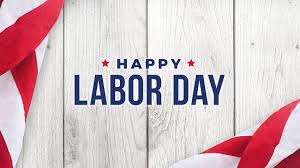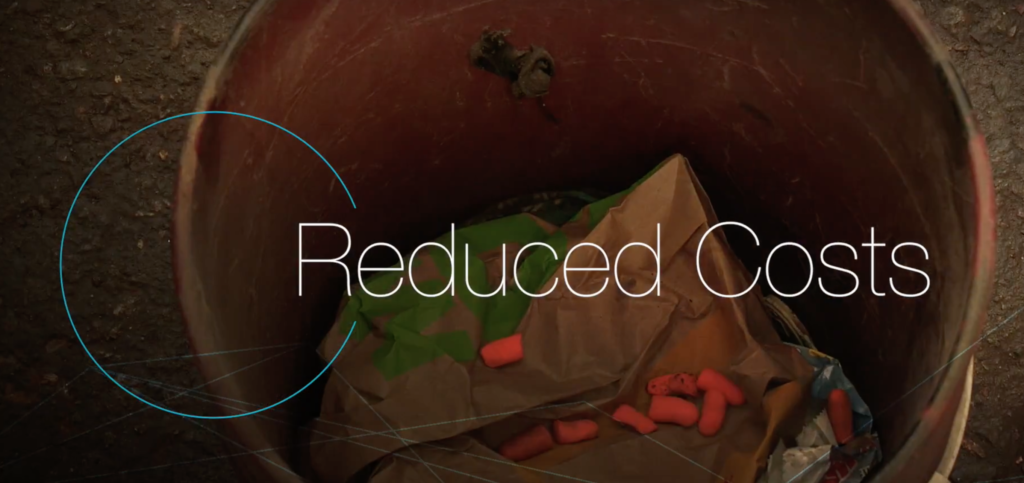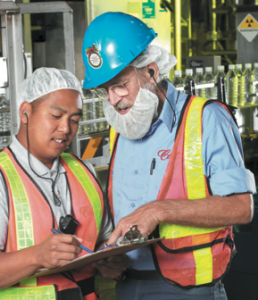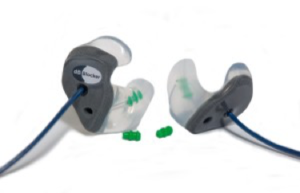From all of us at Protect Ear USA, we wish you a Safe and Happy Labor Day weekend.
PLUS – do not forget – wear all the necessary Personal Protective Equipment, especially your hearing protectors.

“On Labor Day, stop and smell the barbecue. Relax by the pool, and enjoy the last days of summer with those who motivate you to give your best at work all the time. Happy Labor Day to you and yours!”
Thank you!
The PEUS Team



















 Behind that yummy assortment of bakery delights or that wonderfully prepared to go straight to the oven, frozen Chicken Cordon Bleu is an entire assembly of creative chefs and production staff who prepared it for you; production workers who are also exposed to workplace hazards every day. One specifically is industrial hearing loss.
Behind that yummy assortment of bakery delights or that wonderfully prepared to go straight to the oven, frozen Chicken Cordon Bleu is an entire assembly of creative chefs and production staff who prepared it for you; production workers who are also exposed to workplace hazards every day. One specifically is industrial hearing loss.





 Remember to “TURN it DOWN”
Remember to “TURN it DOWN” landing, yawn, swallow or chew gum to unplug your ears. If these tips aren’t effective, pinch your nostrils shut, inhale a mouthful of air, and direct the air back to your nose, as if you’re trying to gently blow, to equalize the pressure in your ears. Vented customized hearing protection devices can also help with the ear discomfort when the plane gets noisy. Learn more
landing, yawn, swallow or chew gum to unplug your ears. If these tips aren’t effective, pinch your nostrils shut, inhale a mouthful of air, and direct the air back to your nose, as if you’re trying to gently blow, to equalize the pressure in your ears. Vented customized hearing protection devices can also help with the ear discomfort when the plane gets noisy. Learn more